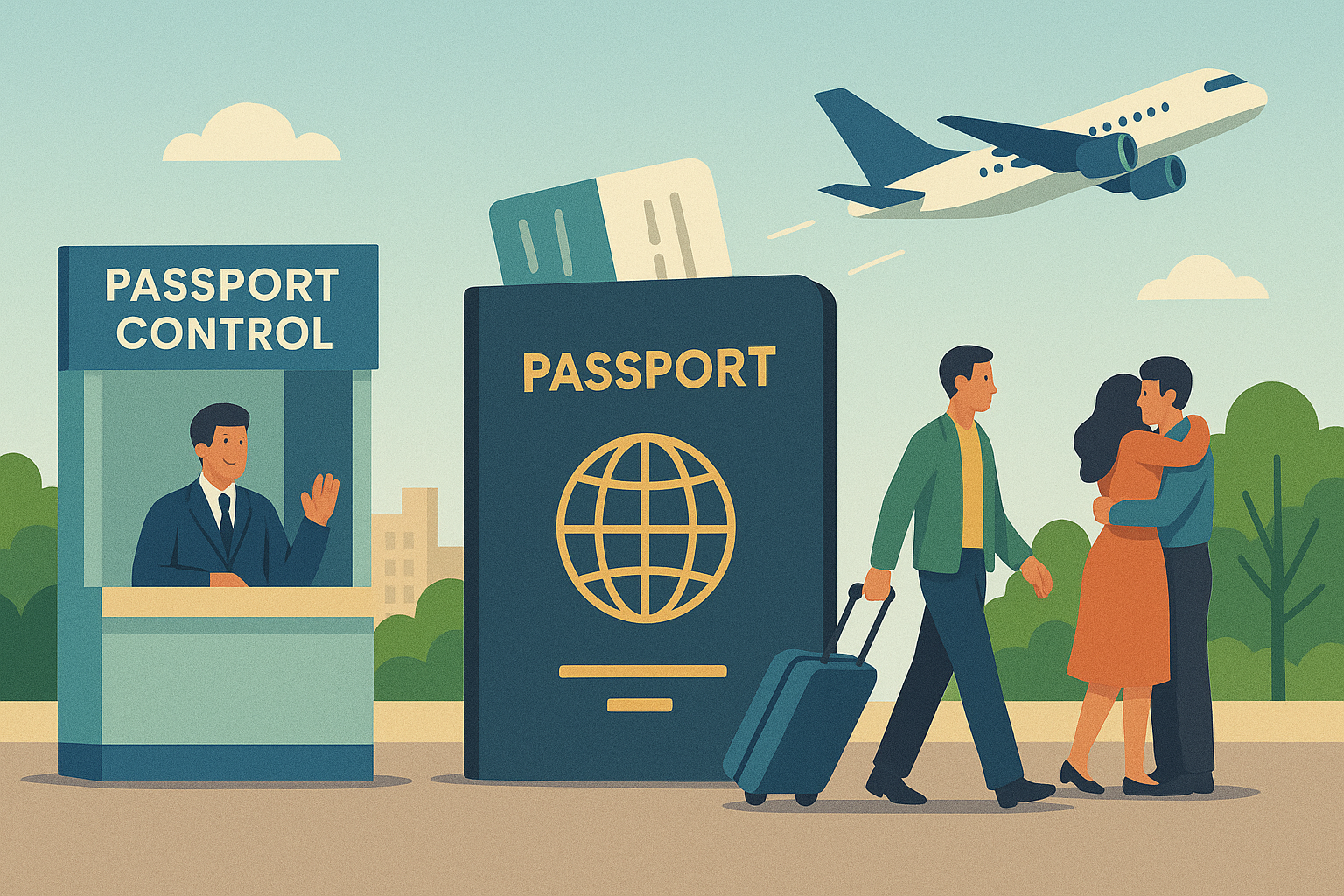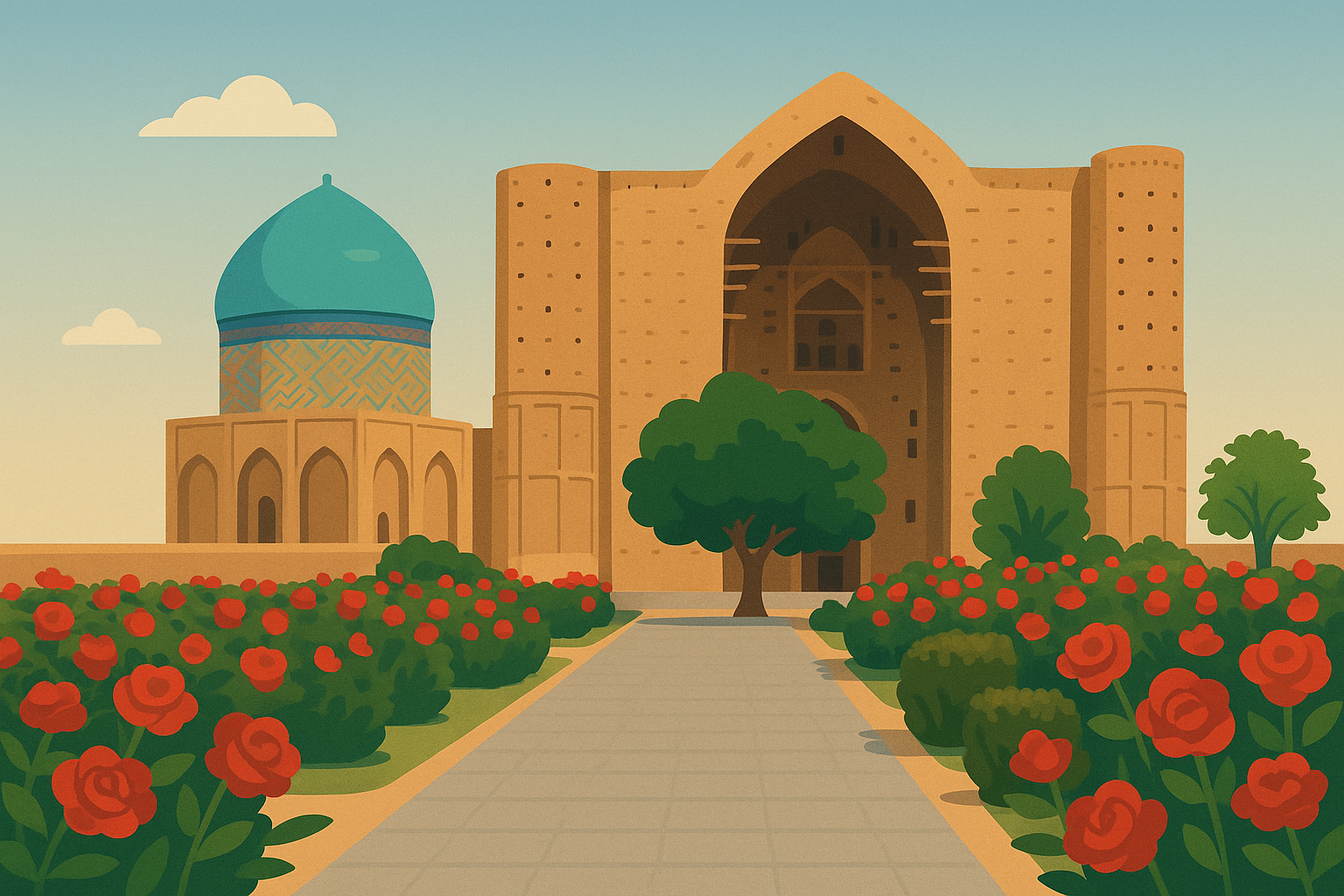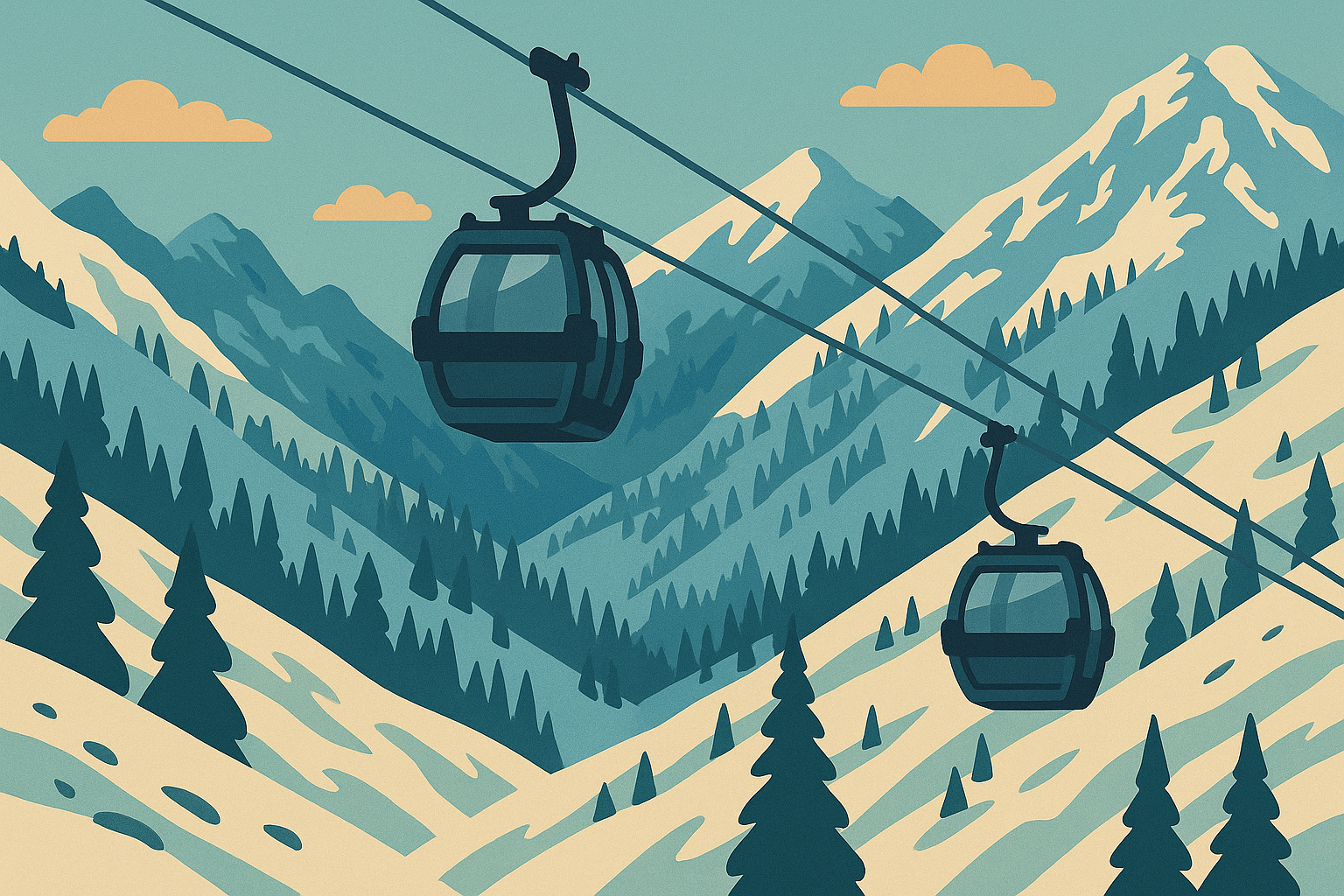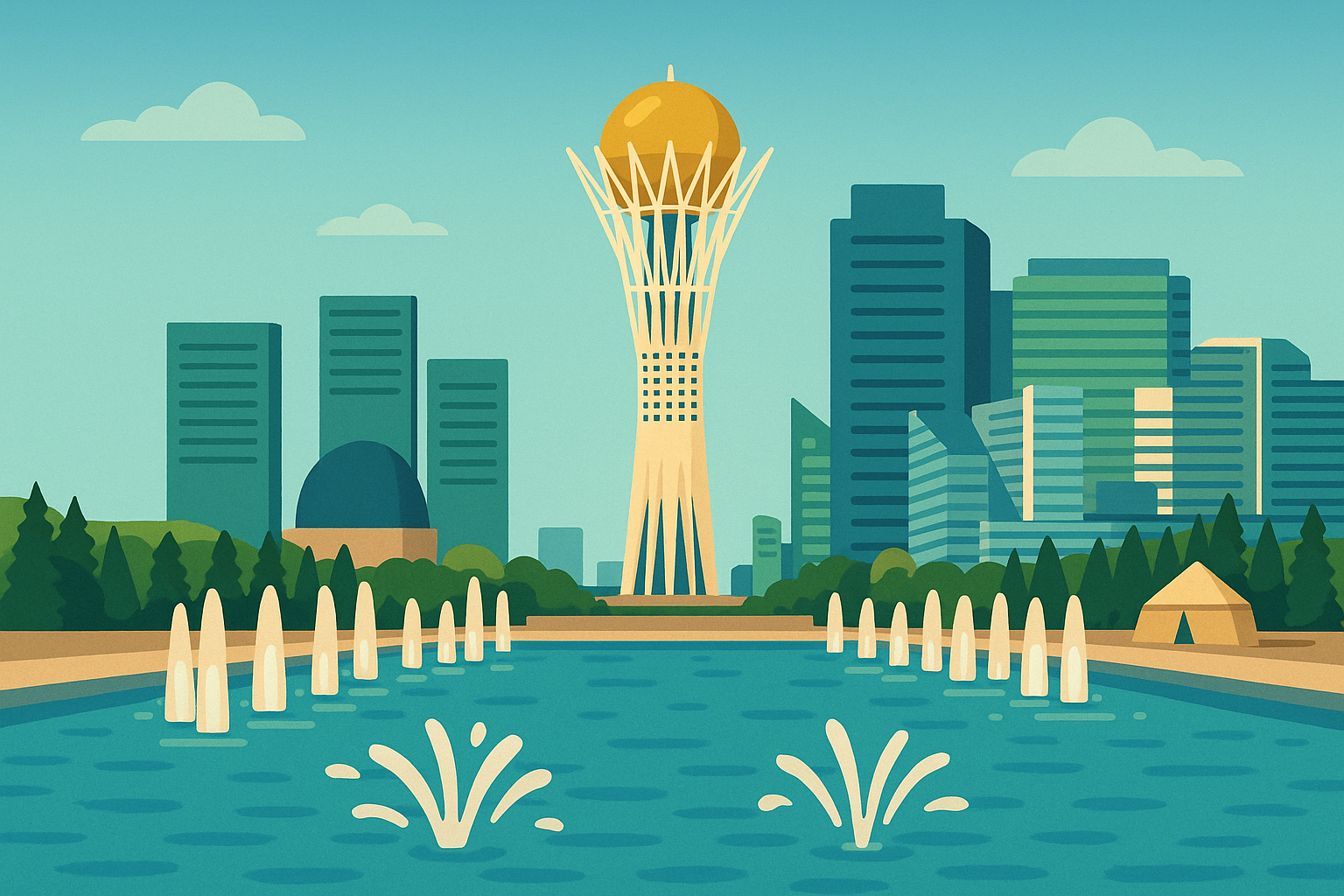Tourism in Kazakhstan is gaining momentum and positioning the country as a top destination in Central Asia. A unique combination of natural diversity, rich cultural heritage, liberal visa policies, and modern infrastructure is making Kazakhstan an increasingly attractive destination for travelers from around the world.
In this article, we’ll explore 10 key reasons why Kazakhstan is becoming the tourism gem of the region — from the Charyn Canyon and Kolsai Lakes to the underground mosques of Mangystau and modern resorts.
1. Accessibility and Infrastructure

Kazakhstan boasts the most developed and accessible transport infrastructure in Central Asia. International airports in Almaty, Astana, Shymkent, and other major cities offer direct flights to numerous countries in Europe, Asia, and the Middle East. The national airline, Air Astana, has received international acclaim for its high-quality service.
A growing network of highways and railroads connects the country’s main tourist hubs. The government continues to invest in transportation upgrades, making it easier and more comfortable for travelers to explore the country.
2. Liberal Visa Policy

Kazakhstan maintains one of the most open visa regimes in the region. Citizens of over 70 countries can enter visa-free for up to 30 days, greatly simplifying travel planning. Electronic visas are available for even more nationalities. This liberal policy sets Kazakhstan apart from its regional neighbors.
3. Natural Diversity

Kazakhstan is the ninth-largest country in the world and covers a vast range of natural landscapes — from the deserts of Mangystau to the alpine meadows of the Tien Shan, from wide steppes to the crystal-clear lakes of the Altai Mountains.
Key Natural Attractions:
- Charyn Canyon — a 154-kilometer-long gorge often dubbed the “little brother” of the Grand Canyon, featuring stunning formations like the “Valley of Castles”
- Kolsai Lakes — a chain of three alpine lakes surrounded by fir forests and meadows, ideal for hiking and wildlife spotting
- Altyn-Emel National Park — home to the Singing Dunes, the colorful Aktau and Katutau Mountains, and rare wildlife like kulans and goitered gazelles
- Kaindy Lake — a mystical lake formed after an earthquake in 1911, famous for its submerged pine forest
- Big Almaty Lake — a turquoise mountain lake located at 2,511 meters above sea level in the Zailiyskiy Alatau range
- Ustyurt Plateau — a dramatic landscape with chalk cliffs and deep canyons
- Aral Sea — once the fourth-largest lake in the world, now an ecological phenomenon and a destination for dark tourism
- Burabay National Park — known as the “Kazakh Switzerland,” featuring granite rock formations, pine forests, and pristine lakes
- Turgen Gorge — a picturesque canyon with waterfalls just an hour from Almaty
- Altai Mountains — majestic ranges with untouched lakes, including the famous Lake Markakol
Ecotourism Opportunities:
- Birdwatching — rare bird species at Lake Korgalzhyn
- Astronomy tourism — dark skies perfect for stargazing in many regions
- Geotourism — surreal formations in Mangystau and Ustyurt
- Trekking & mountaineering — trails for all levels in mountainous areas
- Wildlife watching — saigas, argali, snow leopards, and more
4. Cultural Heritage and History

Located along the historic Silk Road, Kazakhstan has long served as a bridge between East and West, reflected in its rich cultural heritage. Ancient architecture, mausoleums, petroglyphs, and historical monuments attract history and culture lovers.
Notable Cultural Sites:
- Mausoleum of Khoja Ahmed Yasawi in Turkistan — a UNESCO World Heritage Site and masterpiece of medieval architecture built by Tamerlane
- Tamgaly Petroglyphs — Bronze Age rock carvings inscribed on the UNESCO list
- Underground Mosques of Mangystau — unique religious sites carved into the rocks
- Astana — the futuristic capital featuring the Bayterek Tower and Palace of Peace and Reconciliation (Pyramid)
- Almaty — the cultural capital with rich history, museums, and theaters
- Otyrar — ancient ruins that were once a major Silk Road center
- Beket-Ata Necropolis — a spiritual pilgrimage site with an underground mosque
Traditions and Intangible Heritage:
- Aitys — traditional poetic duels between akyns (folk poets), listed by UNESCO
- Yurts and nomadic culture — the yurt symbolizes Kazakh identity, with intricate traditions of hospitality and object arrangement
- Eagle hunting — an ancient tradition still practiced today
- National holidays — including Nauryz (spring new year) and Kurban Ait, celebrated with games and folk festivities
- Musical heritage — dombra, kobyz, and other traditional instruments and styles
5. Tourism Infrastructure Development

Kazakhstan has been rapidly enhancing its tourism infrastructure. New hotels from international chains are opening, ski resorts are expanding, and modern tourist information centers are being established. A state program supports tourism development and promotes Kazakhstan on the global stage.
Key Projects:
- Shymbulak Ski Resort near Almaty — one of the best in Central Asia
- Burabay (Borovoe) — the “Kazakh Switzerland” with modern resorts
- EXPO-2017 in Astana and ongoing expansion of its facilities
- Ecotourism development — in national parks and nature reserves
6. Culinary Tourism
Kazakh cuisine, focused on meat and dairy products, is becoming a tourism highlight in itself. Traditional dishes like beshbarmak, kazy, baursaks, and kumis attract food lovers from around the world. Many restaurants now serve modern interpretations of these classics.
7. Safety

Compared to neighboring countries, Kazakhstan is considered one of the safest for foreign tourists. Low crime rates, political stability, and a relatively low level of corruption contribute to the country’s attractiveness.
Safety Features:
- Tourist police — units in Almaty, Astana, and other major cities speak foreign languages and assist travelers
- Modern surveillance systems — in urban and tourist areas
- Tolerance and hospitality — Kazakhs are known for welcoming guests
- Religious harmony — diverse faiths coexist peacefully
- Medical safety — quality healthcare is available in major cities, and international insurance is widely accepted
The government places high importance on tourist safety, recognizing it as crucial for sector growth. This allows travelers to explore the country with confidence and peace of mind.
Conclusion
With its mix of natural wonders, cultural depth, modern infrastructure, and legendary hospitality, Kazakhstan is quickly becoming a top travel destination in Central Asia. Government initiatives and visa liberalization have created favorable conditions for international tourism growth. Kazakhstan offers an unforgettable experience — where authentic nomadic culture meets modern comfort — making it an appealing destination for all types of travelers.



0 Comment